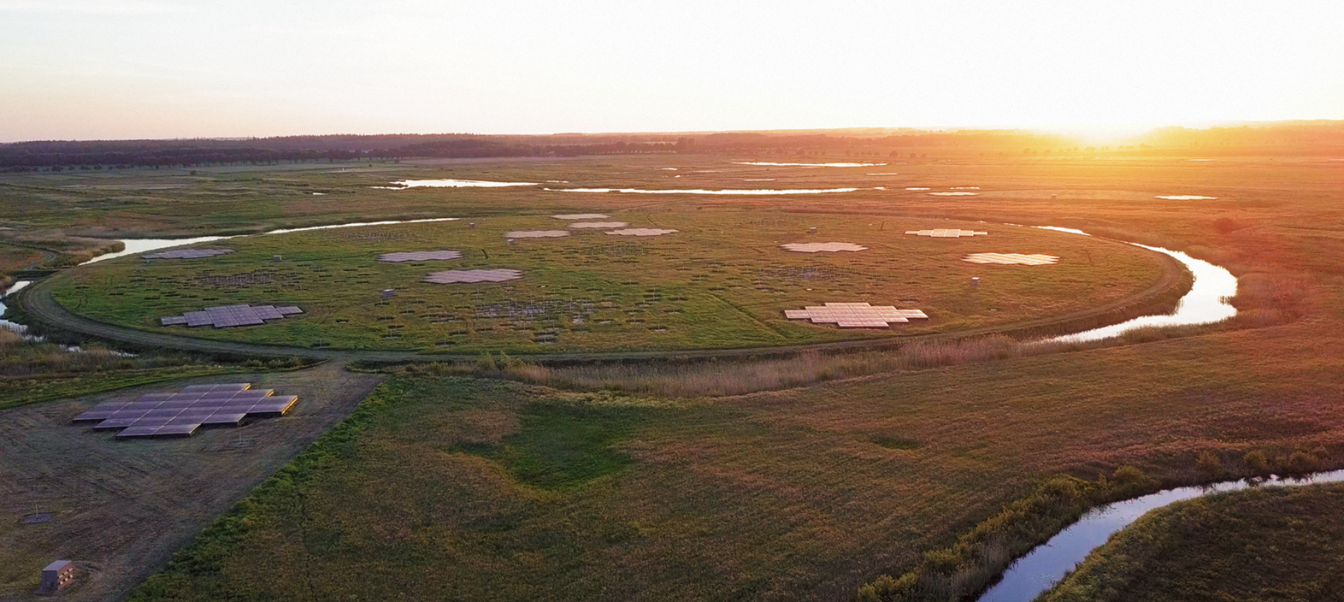For more information see: https://www.surf.nl/en/news/new-technology-for-lightning-fast-data-traffic-surf-and-astron-realise-400g-connection .
Scientific research in the Netherlands has gained an advanced networking technology: OpenZR+. Together with ASTRON, the Dutch institute for radio astronomy, we used this technology to create a 400G connection that can transmit even sharper images of space. Institutions in need of scaling up network connectivity can easily request this within SURF’s All-In network tariff.
Since July 2024, SURF members who need a network upgrade for their research can request additional bandwidth or additional services from us within the All-In network tariff. For ASTRON, we thus realised a direct connection between the research facilities in Groningen and Dwingeloo, with increased bandwidth from 10 to 400 Gigabits per second.
Faster data transfer LOFAR telescope
For astronomers working with the LOFAR telescope, the network upgrade means they can now study the universe in even more detail. LOFAR (Low Frequency Array) is the world’s largest radio telescope operating at the lowest frequencies observable from Earth. The telescope consists of thousands of small antennas scattered across Europe.
Thanks to the improved network connection, LOFAR can now send more signals simultaneously to a central computer (the ‘correlator’), which processes the data and turns them into images of space. Thanks to the increased bandwidth, this is done not only faster, but also in higher quality, resulting in even sharper LOFAR images.
Collaboration strengthens research
In addition, the new network connection allows astronomers to sign up for multicast streams of data coming directly from the LOFAR stations. “This offers researchers direct, real-time access to the latest scientific data, at the moment they need it,” says Julian Kootstra, network engineer at ASTRON. “Having your own cluster gives you instant access to new data – a revolutionary way to push the boundaries of our knowledge.”
Paul Klop, optical network architect at SURF, is also pleased with the result: “With this 400G connection, we are supporting researchers at ASTRON to achieve their scientific goals. The cooperation with ASTRON was excellent and shows how we can work with our members to deploy innovative technologies to enable groundbreaking research.”
Advantages OpenZR+ technology
The network upgrade at ASTRON used 400G-ZR optics, a technology that amplifies the signal in the network without separate transponders. This requires fewer intermediate components, reducing the complexity of the network. This provides several advantages:
- Less chance of malfunctions
- Simpler network management
- Lower costs through more efficient equipment
- Reduced power consumption, contributing to sustainable data processing
- More compact equipment, allowing data centres to be set up more efficiently
In SURF’s network of the future, SURFnet-Infinity, OpenZR+ technology will be the standard for all medium-distance connections.
SURFnet-Infinity: the future of research networking
The 400G upgrade is part of our broader strategy to set up the network of the future: SURFnet-Infinity. This network, based on open standards, allows equipment from different suppliers to be connected over long distances. This makes the SURF network more flexible and future-proof.
Through the All-In network tariff, we aim to provide educational and research institutions with network solutions tailored to their specific needs. In this way, we can support the Dutch research community even better.


